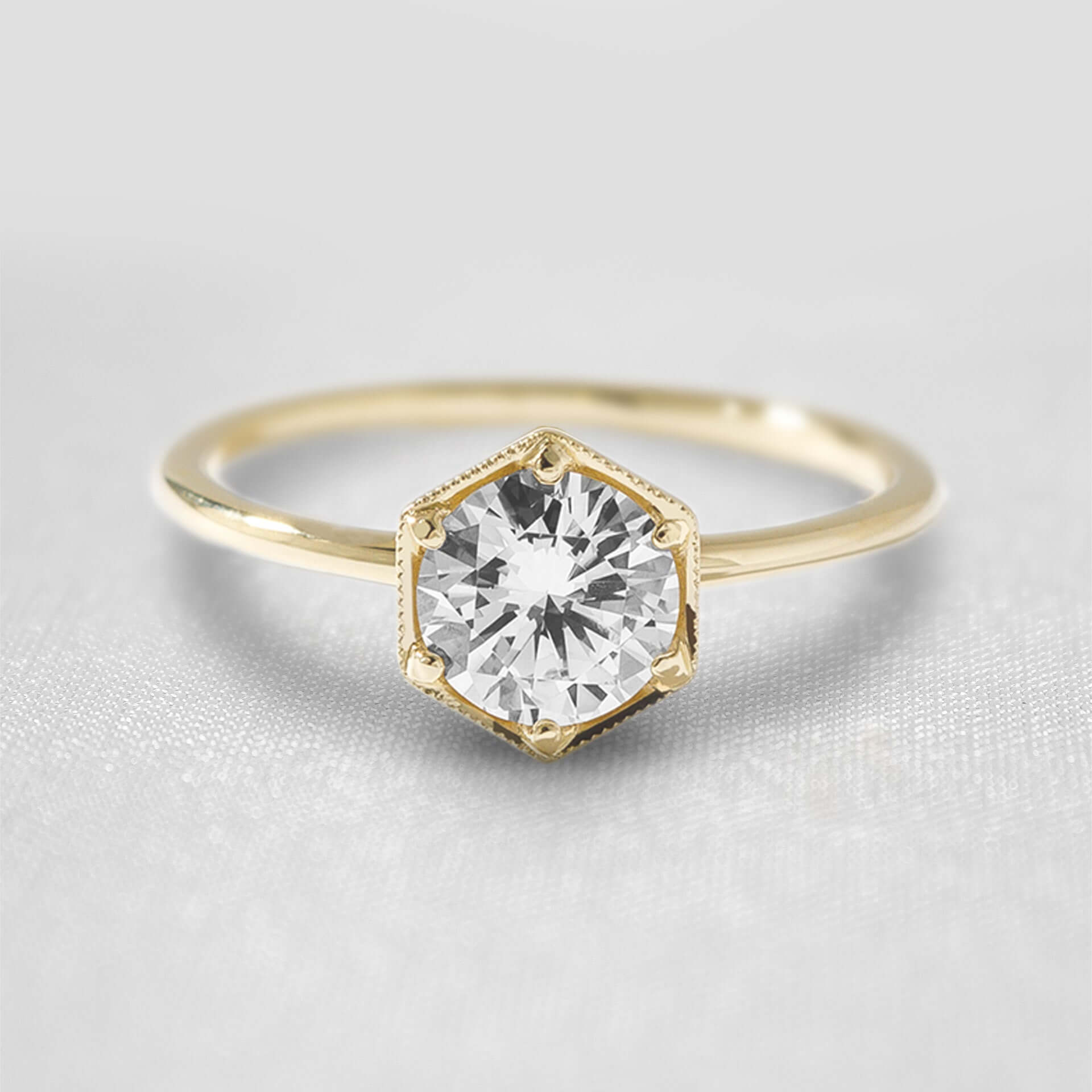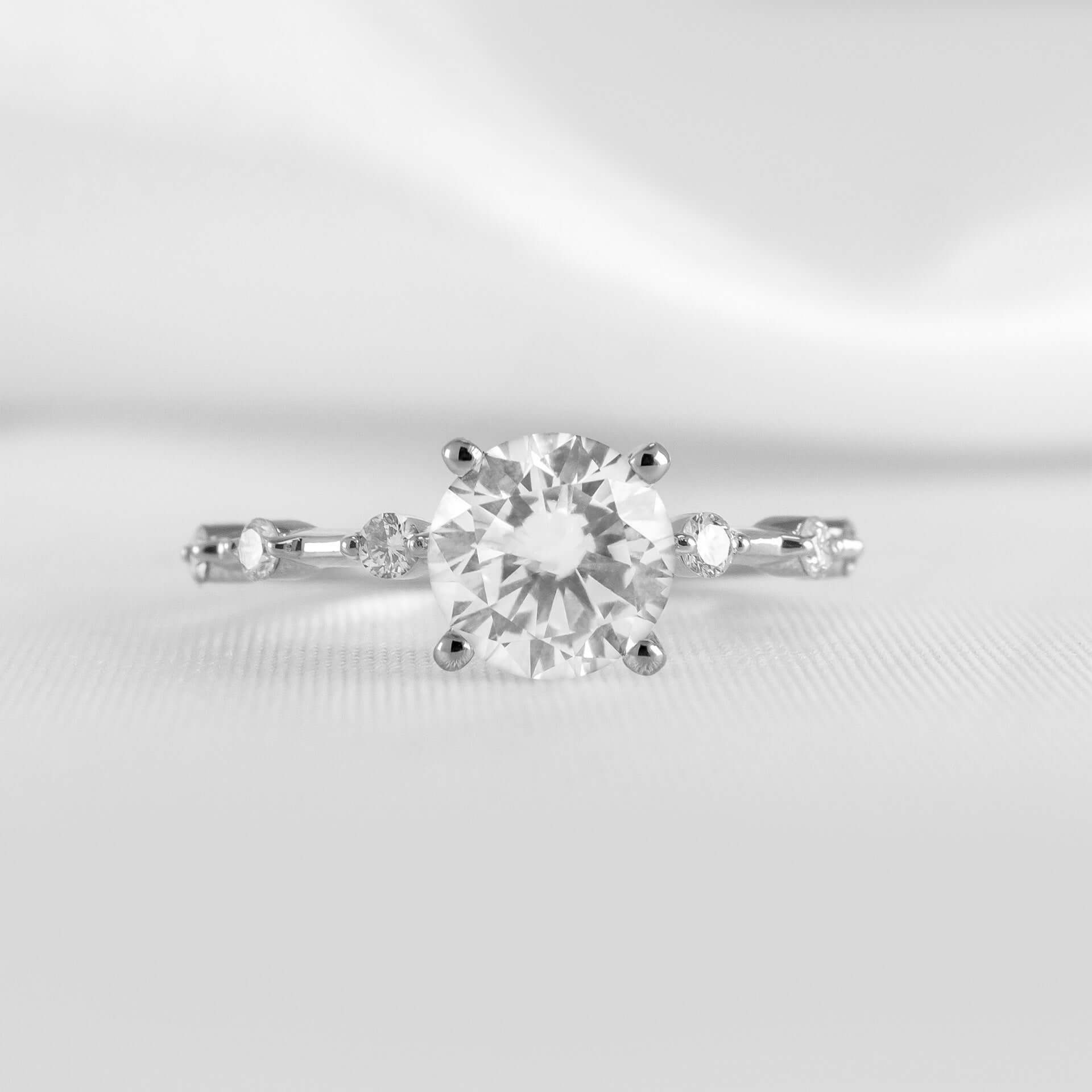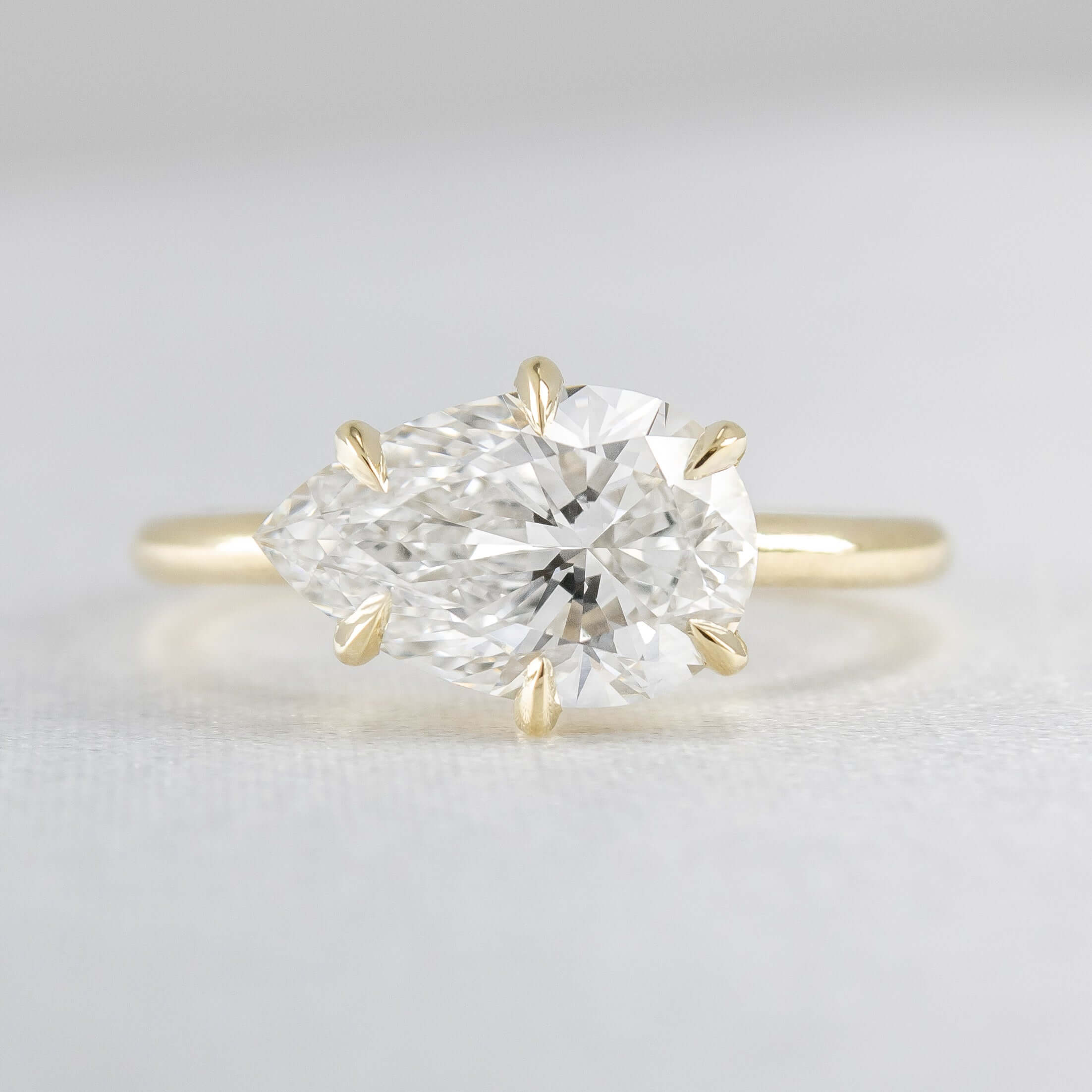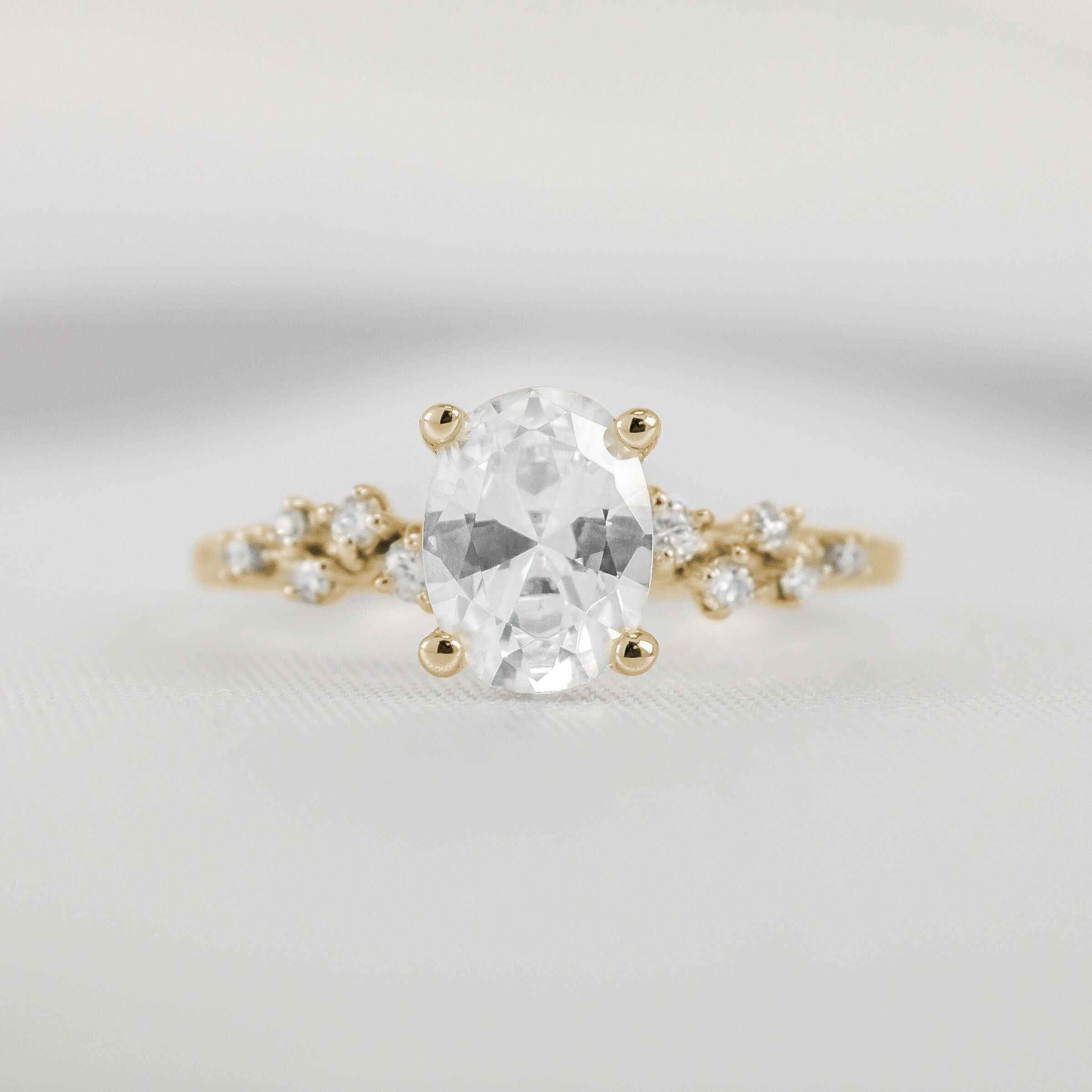Diamond Inclusions
What is a Diamond Inclusion?
To understand inclusions it is essential to understand how diamonds are formed. Natural diamonds are created when carbon is subjected to immense heat and pressure deep within the earth. In contrast, lab-grown diamonds are produced in a vacuum chamber filled with hydrogen and methane, activated by energy sources such as microwaves. Consequently, internal characteristics known as "inclusions" and external characteristics known as "blemishes" may arise.
During the process of diamond formation, small crystals can become trapped, and irregularities in atomic structure can emerge as a crystal develops. The clarity of a diamond is determined by assessing the number, size, relief, nature, and position of these characteristics, as well as their impact on the overall appearance of the stone. It is crucial to note that no diamond is entirely pure, but the closer it is to purity, the better its clarity.



















